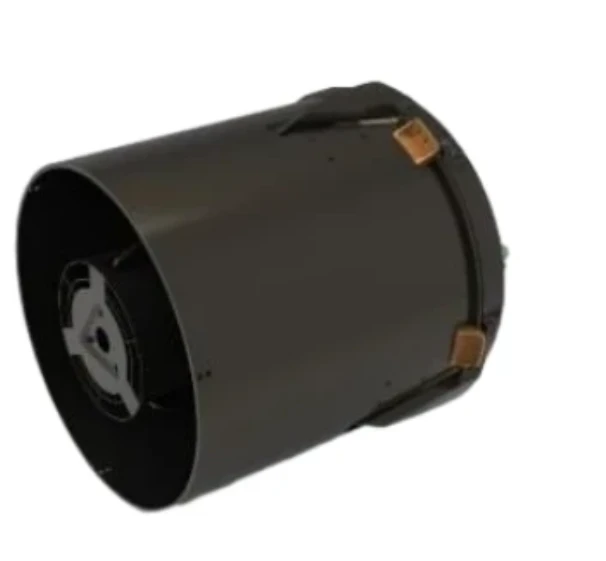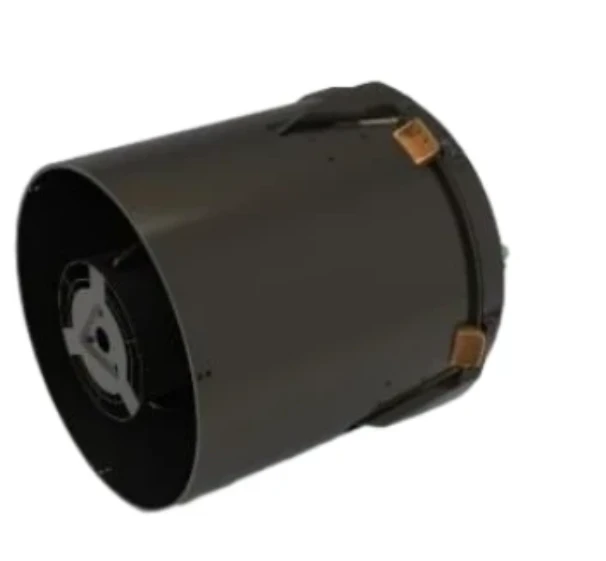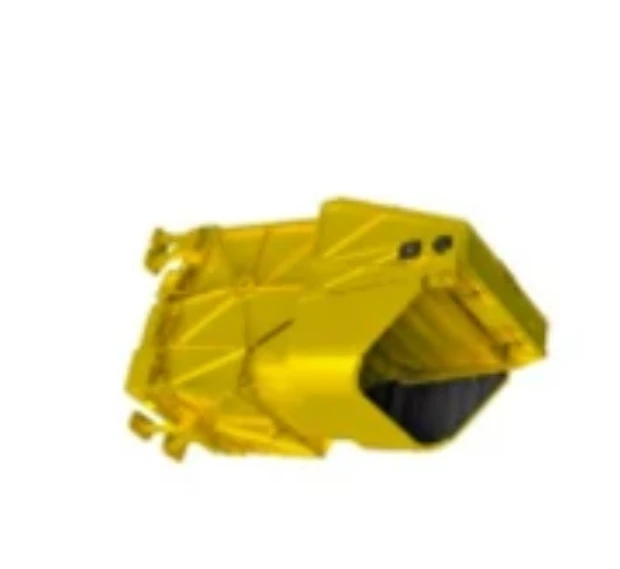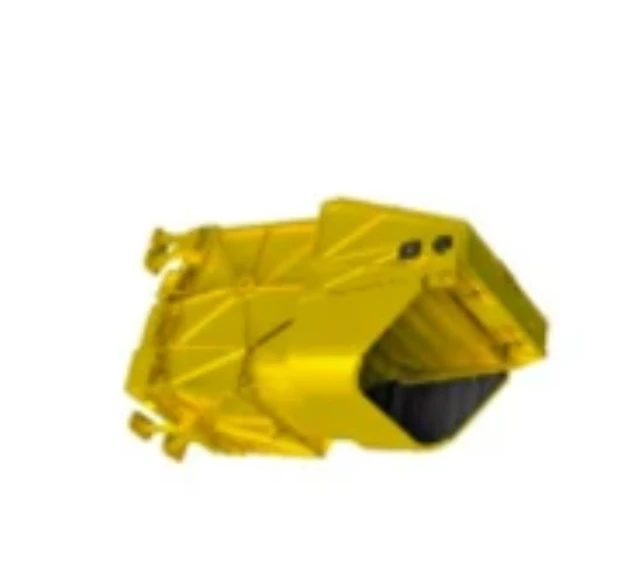
- Afrikaans
- Albanian
- Amharic
- Arabic
- Armenian
- Azerbaijani
- Basque
- Belarusian
- Bengali
- Bosnian
- Bulgarian
- Catalan
- Cebuano
- China
- Corsican
- Croatian
- Czech
- Danish
- Dutch
- English
- Esperanto
- Estonian
- Finnish
- French
- Frisian
- Galician
- Georgian
- German
- Greek
- Gujarati
- Haitian Creole
- hausa
- hawaiian
- Hebrew
- Hindi
- Miao
- Hungarian
- Icelandic
- igbo
- Indonesian
- irish
- Italian
- Japanese
- Javanese
- Kannada
- kazakh
- Khmer
- Rwandese
- Korean
- Kurdish
- Kyrgyz
- Lao
- Latin
- Latvian
- Lithuanian
- Luxembourgish
- Macedonian
- Malgashi
- Malay
- Malayalam
- Maltese
- Maori
- Marathi
- Mongolian
- Myanmar
- Nepali
- Norwegian
- Norwegian
- Occitan
- Pashto
- Persian
- Polish
- Portuguese
- Punjabi
- Romanian
- Russian
- Samoan
- Scottish Gaelic
- Serbian
- Sesotho
- Shona
- Sindhi
- Sinhala
- Slovak
- Slovenian
- Somali
- Spanish
- Sundanese
- Swahili
- Swedish
- Tagalog
- Tajik
- Tamil
- Tatar
- Telugu
- Thai
- Turkish
- Turkmen
- Ukrainian
- Urdu
- Uighur
- Uzbek
- Vietnamese
- Welsh
- Bantu
- Yiddish
- Yoruba
- Zulu
How Do Optical and Digital Zoom, Along with Pan - Tilt Features, Transform Visual Capture?
In the ever - evolving landscape of imaging technology, features such as optical or digital zoom, optical zoom and digital zoom difference, optical zoom vs alternatives, and the capabilities of pan and tilt webcam and pan tilt and zoom devices have become crucial for various applications. These features not only enhance the user experience but also significantly impact the quality and versatility of visual content captured in both personal and professional settings.
Unveiling the Mechanics of Optical or Digital Zoom
Modern cameras, whether in smartphones or dedicated imaging devices, often come equipped with optical or digital zoom capabilities. Optical zoom functions by physically adjusting the camera's lens elements to magnify the subject, similar to how binoculars work. This process maintains the image quality as it relies on the lens's optical properties to capture more detail from a distance. For instance, in wildlife photography, a camera with a powerful optical zoom can bring distant animals into sharp focus without sacrificing clarity. On the other hand, digital zoom operates by cropping and enlarging the existing image data. It essentially zooms in on a portion of the sensor's captured image, which can lead to a loss of quality, especially at higher zoom levels, as the pixels are stretched to fill the frame.
Differentiating Optical Zoom and Digital Zoom
Understanding the optical zoom and digital zoom difference is key to making informed decisions when it comes to image capture. Optical zoom provides a true magnification of the subject, using the lens to gather more light and detail from a distance. This results in high - resolution images even when zoomed in, making it ideal for applications where image quality is paramount, like professional photography or scientific imaging. In contrast, digital zoom is more of a software - based solution. While it offers the convenience of getting closer to the subject without additional hardware, the image quality degrades as the zoom level increases. The image may appear pixelated or blurry, particularly in low - light conditions. Thus, for capturing fine details over long distances, optical zoom remains the superior choice.
Weighing Optical Zoom vs Other Zoom Options
When considering optical zoom vs other alternatives, the advantages of optical zoom become evident. Compared to digital zoom, optical zoom maintains the integrity of the image throughout the zooming process. It allows photographers and videographers to capture subjects in their true form, with accurate colors and sharpness. Even when compared to hybrid zoom systems that combine optical and digital techniques, optical zoom still holds a significant edge in terms of image quality. However, digital zoom does have its place in certain scenarios, such as casual photography where a quick zoom - in for composition purposes is needed, or in devices where physical optical zoom is not feasible due to size or cost constraints.
The Functionality of Pan and Tilt Webcam
In the realm of video communication and monitoring, pan and tilt webcam devices offer enhanced flexibility. These webcams are designed to move horizontally (pan) and vertically (tilt), allowing users to adjust the field of view without physically moving the camera. For example, in a home security setup, a pan and tilt webcam can be programmed to scan an entire room, providing a comprehensive view of the area. In video conferencing, it enables presenters to showcase different parts of their environment or focus on specific individuals, creating a more dynamic and engaging experience. The combination of pan and tilt capabilities, along with zoom features, further expands the webcam's functionality.
The Power of Pan Tilt and Zoom
Pan tilt and zoom features together provide a powerful tool for visual capture and monitoring. With the ability to pan left and right, tilt up and down, and zoom in and out, these devices offer unparalleled control over the visual content. In surveillance applications, security personnel can remotely adjust the camera's position and zoom level to get a closer look at suspicious activities. In live streaming events, the camera operator can use pan tilt and zoom to follow the action, ensuring that viewers don't miss any important moments. This combination of features not only improves the coverage area but also allows for more precise framing and detailed observation.
FAQ: Insights into Zoom and Pan - Tilt Features
How Can One Maximize the Use of Optical Zoom?
To maximize the potential of optical zoom, ensure that the camera is properly stabilized, especially at higher zoom levels. Using a tripod or a stabilizer can prevent blurriness caused by camera shake. Additionally, understand the focal range of the lens and plan the shot accordingly. For wildlife or sports photography, anticipate the action and position yourself to make the most of the optical zoom's capabilities. Also, keep the lens clean to avoid any interference with the image quality during zooming.
Are There Ways to Mitigate the Quality Loss in Digital Zoom?
While digital zoom inherently leads to some quality loss, there are ways to minimize it. Shoot at the highest resolution possible so that when cropping and enlarging the image, there is more data available. Use image editing software to enhance the sharpness and clarity of the digitally zoomed image after capture. However, it's important to note that these methods can only do so much, and for the best results, relying on optical zoom whenever feasible is recommended.
What Factors Should Be Considered When Choosing a Pan and Tilt Webcam?
When selecting a pan and tilt webcam, consider factors such as the speed and smoothness of the pan - tilt mechanism. A faster and smoother movement ensures seamless transitions during video capture or monitoring. Look at the camera's resolution and low - light performance, as these will affect the overall quality of the video. Also, check for compatibility with the software or platforms you plan to use, such as video conferencing apps or security systems.
Can Pan Tilt and Zoom Features Be Controlled Remotely?
Yes, many pan tilt and zoom devices support remote control. This can be achieved through dedicated software applications, mobile apps, or even web - based interfaces. Remote control allows users to adjust the camera's position and zoom level from a distance, making it convenient for surveillance, live streaming, or video conferencing scenarios where manual access to the camera may not be possible or practical.
How Do Optical Zoom and Pan - Tilt Features Work Together?
Optical zoom and pan - tilt features complement each other to provide comprehensive visual coverage. The optical zoom allows users to get closer to the subject for detailed capture, while the pan - tilt functionality enables them to change the field of view and focus on different areas. For example, in a large event space, one can use the pan - tilt feature to scan the area and then zoom in with the optical zoom to capture specific moments or individuals in detail.











